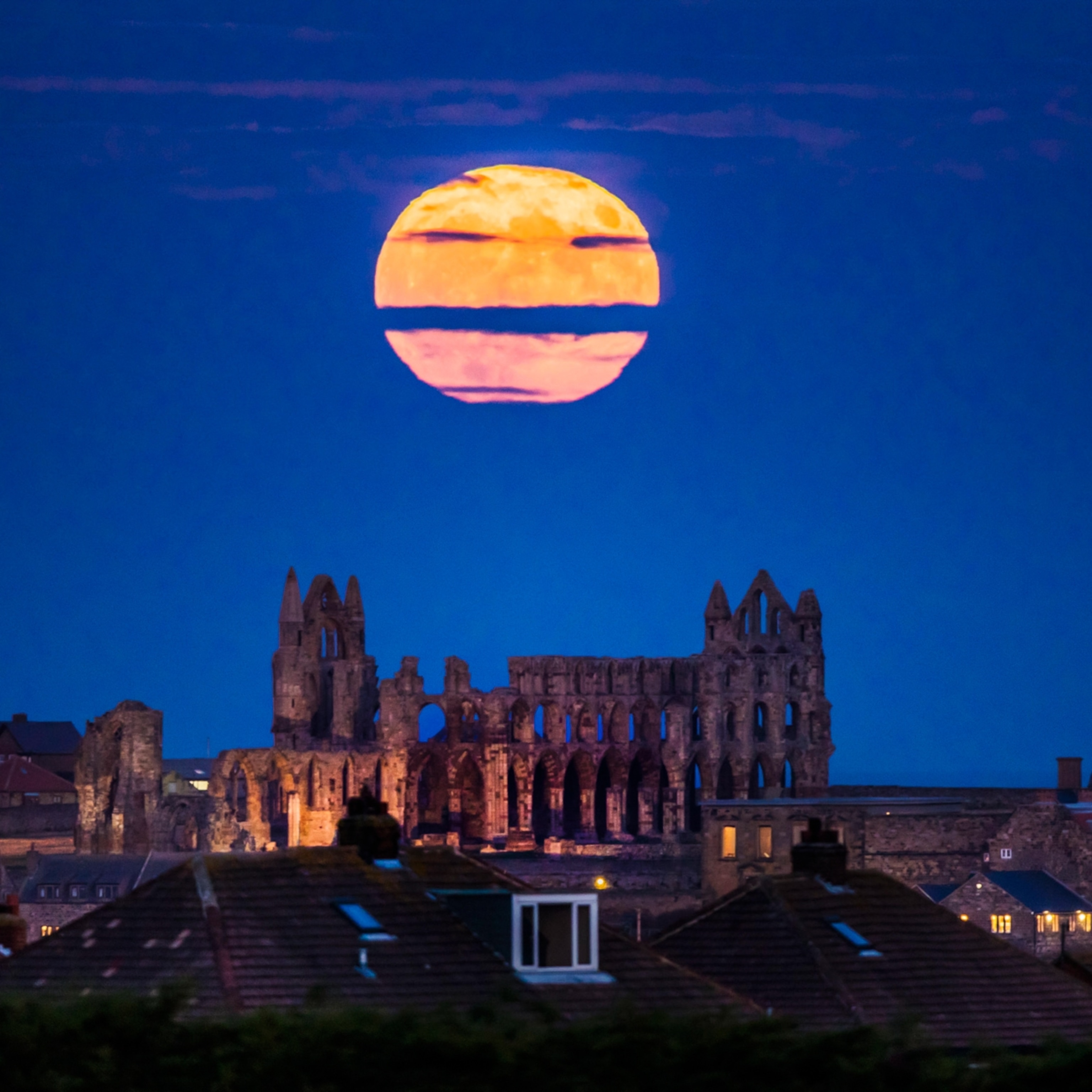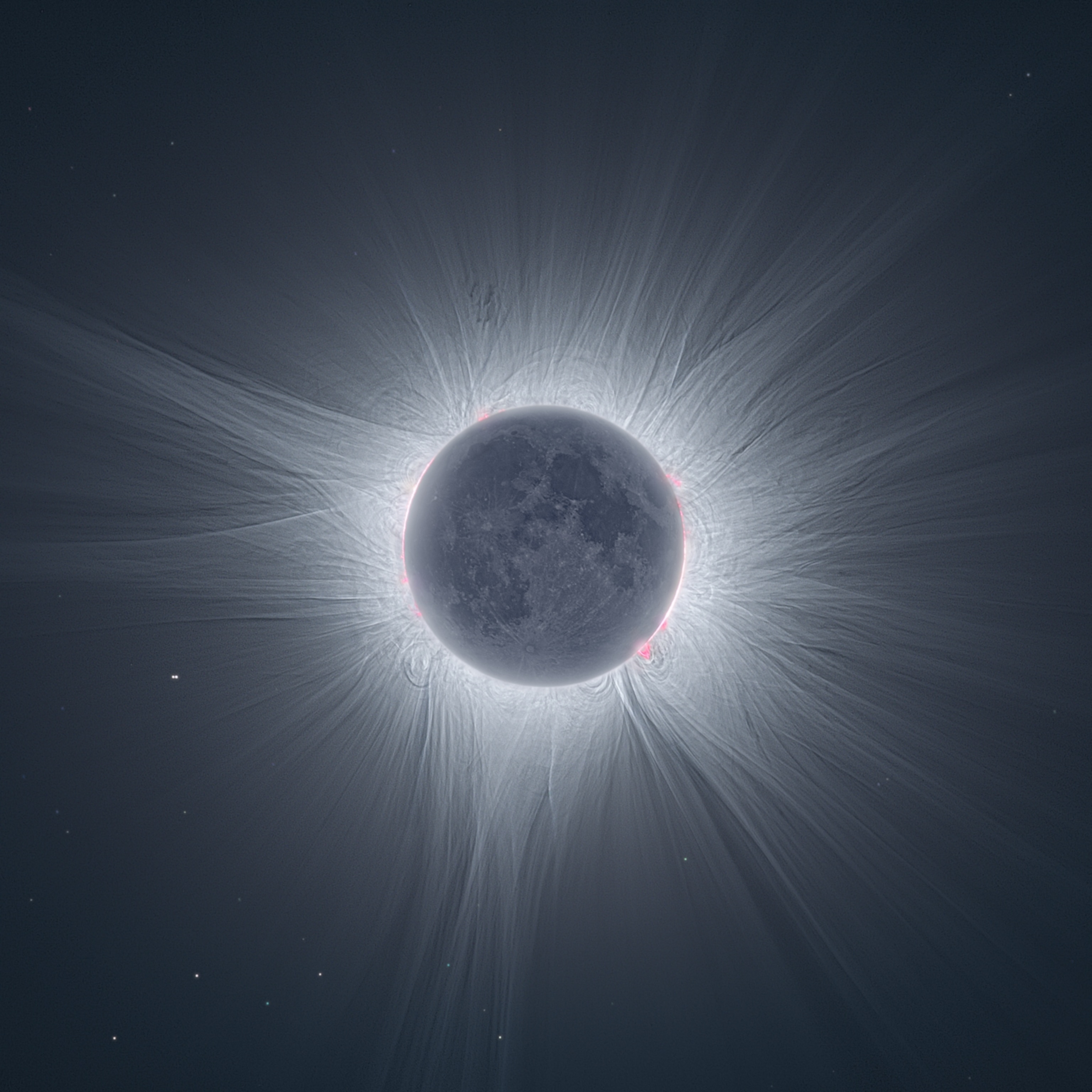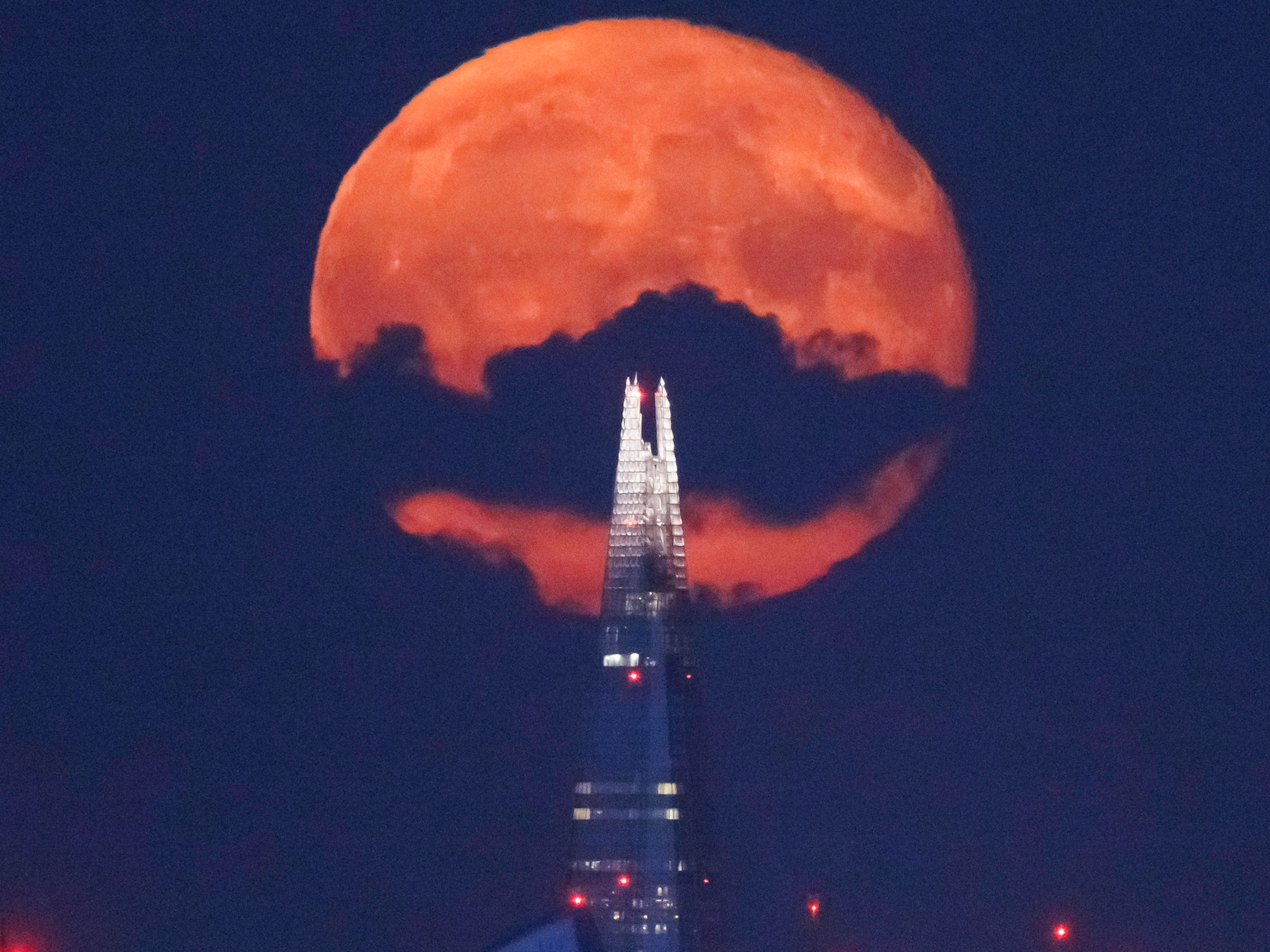
How to See ‘Star Trek’ Worlds in the Night Sky
Boldly go outside and spot some of the real-life counterparts of the show’s habitable M-class planets.
In the Star Trek universe, habitable worlds abound, fueling the adventures of the intrepid crew of the starship Enterprise. In the latest movie, Star Trek Beyond, much of the action takes place on Altamid, a rugged wilderness world filled with exotic forests and perilous canyons and mountains.
Across the franchise, such Earth-like worlds are designated as M-class planets, a fictional classification derived from the Vulcan word Minshara.
Trek fans will know many examples of famous class M-class planets, such as Vulcan, Romulus, and Qo'noS, the home worlds of key alien species. While many of these worlds were conjured up by the show’s writers decades ago, today’s planet-hunting astronomers are finding scores of real-life counterparts outside our solar system. (Find out what else the fictional Star Trek universe got right about real-world science.)
Rocky planets like Earth are relatively puny compared to their host stars, making these worlds hard to see and even harder to characterize. But in the last two decades, astronomers have successfully developed indirect detection methods to find ever smaller, more Earth-like planets. Today the tally of confirmed alien worlds has reached nearly 3,000, with a handful that are considered rocky and potentially habitable.
And in a landmark moment for planetary science, scientists just announced the discovery of dense, compact atmospheres similar to those of Earth and Venus around the Earth-size planets TRAPPIST-1b and TRAPPIST-1c, located only 40 light-years away.
These small, rocky worlds orbit close enough to their dim, red host star that they might even be able to support liquid water on their surfaces, although astronomers have a lot more work to do before they can say whether either world is habitable.
In the meantime, Earth-bound stargazers can peer into the night sky and find these real-life counterparts to Star Trek’s fictional M-class worlds.
Kepler 452b
Since its launch in 2009, NASA’s Kepler space telescope has discovered more than 2,000 verified planets—and thousands more candidate worlds await confirmation. Its haul includes one of the most Earth-like planets known, Kepler 452b.
About 1,400 light-years away, this planet orbiting a sunlike star is only slightly larger than Earth and has a year lasting 385 days, putting it in the right place to possibly host pools of liquid water. (Read more about Kepler 452b.) Future telescope technology could help us scan the atmospheres of this and other Kepler planets to look for the chemical fingerprints of potential life, including methane, oxygen, and even chlorophyll.
Kepler’s hunting ground is easy to find for sky-watchers in the Northern Hemisphere during the summer months. The spacecraft stares deep into the constellation Cygnus, the swan, to look for tiny dips in starlight caused by planets passing in front of their hosts.
Cygnus is visible with the naked eye even in light-polluted suburbs. The pattern is also known as the Northern Cross, with its distinctive cross-shaped display of six bright stars.
You May Also Like
Mars
The fictional home world of the Vulcans is considered a fairly typical M-class planet that is slightly hotter and drier than Earth, sporting vast deserts, a thinner atmosphere, and stronger gravity. Vulcan’s deserts and craggy mountains feature prominently in the Star Trek: Enterprise TV show episode “The Forge” and the 2009 Star Trek movie—and they bear a strong resemblance to the ruddy planet Mars.
While the real Mars is not home to an intelligent alien race, plenty of enthusiasts are hopeful for a human presence on the red planet in the near future. And in the Star Trek universe, Mars is home to thriving human colonies, while the starships Enterprise, Voyager, and Defiant were all built in the Utopia Planitia shipyards in Martian orbit.
For sky-watchers, the red planet is easy to find in the July evening sky. After darkness falls, look toward the southwest for a triangle pattern of three bright, naked-eye stars. The orange “star” marking the upper right corner of the celestial triangle is Mars.

Keid
For his part, Star Trek creator Gene Roddenberry endorsed 40 Eridani, a triple star system about 16 light-years away, as a possible candidate site for a real-world planet Vulcan.
One of the members of this system is the glowing corpse of a dead star, while another is a red dwarf that shoots out deadly x-ray flares. But while no planet has been found there yet, the third star, known as 40 Eridani A or Keid, has the right stuff to host a potentially habitable world.
This star is a bit redder and smaller than our sun, so to host liquid water on its surface a planet there would have to orbit much closer than Earth does to our sun. For any real-life Vulcans looking up at the sky, Keid would appear 30 percent larger than our sun, and it would be joined by the neighboring pair of fainter, white and red suns during the daytime.
Keid is easily visible to the unaided eye as a faint star that sits in the southern constellation Eridanus. Sky-watchers in more southern latitudes of the Northern Hemisphere, including the southern United States, can hunt down Keid from their backyards thanks to its proximity to some of the brightest stars visible in the early evenings between January and April.
To find Keid, face the southern sky and look for the bright stars Saiph and Rigel, which mark the knees of the great Greek mythological hero Orion. Draw an imaginary arc through these brilliant stars toward their right until you hit the faint star Beid about 20 degrees away, equal to the width of two fists held side by side at arm’s length. Just below Beid lies the slightly fainter Keid.
Clear skies!
Andrew Fazekas, the Night Sky Guy, is the author of Star Trek: The Official Guide to Our Universe. Follow him on Twitter, Facebook, and his website.








